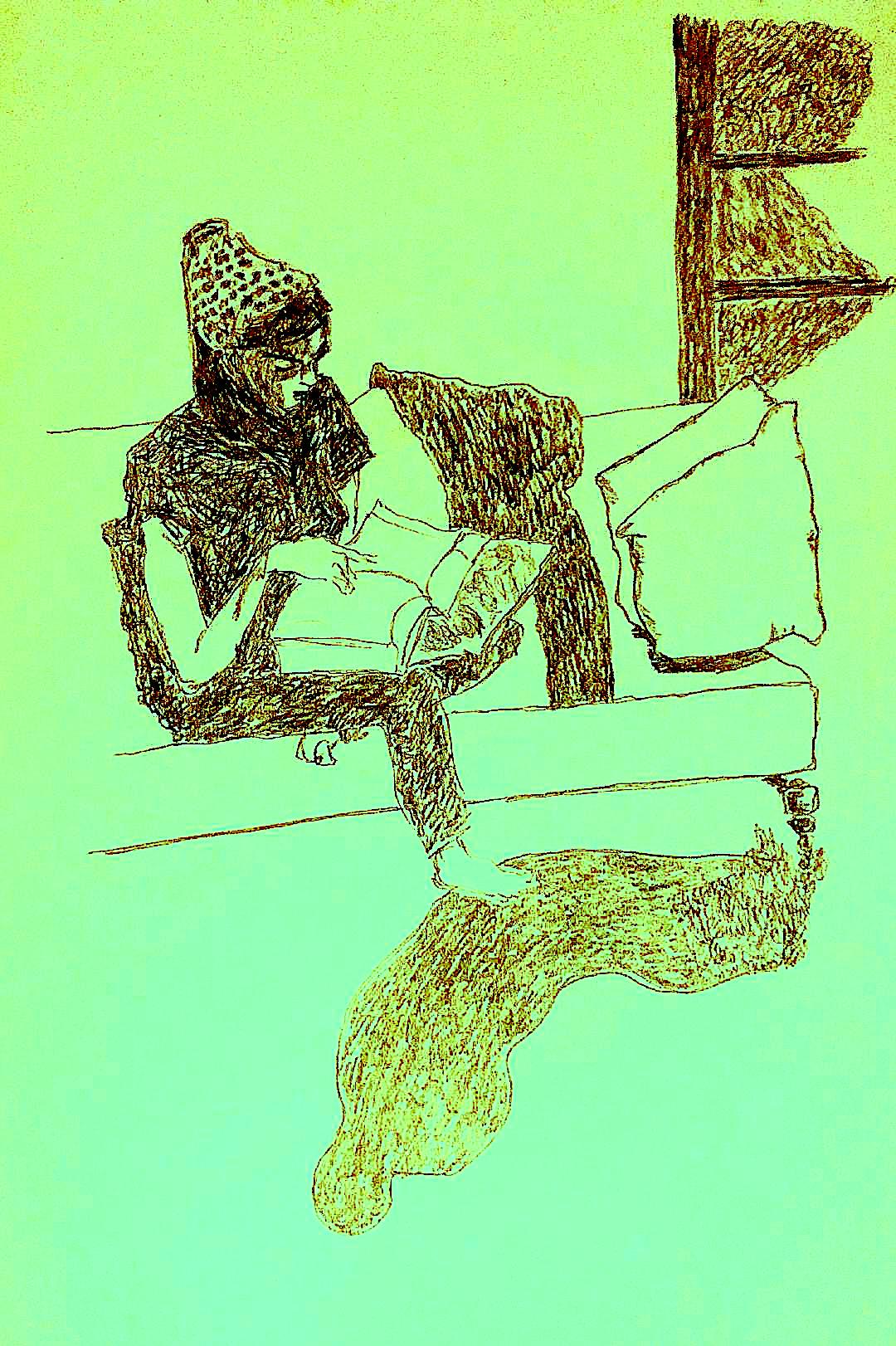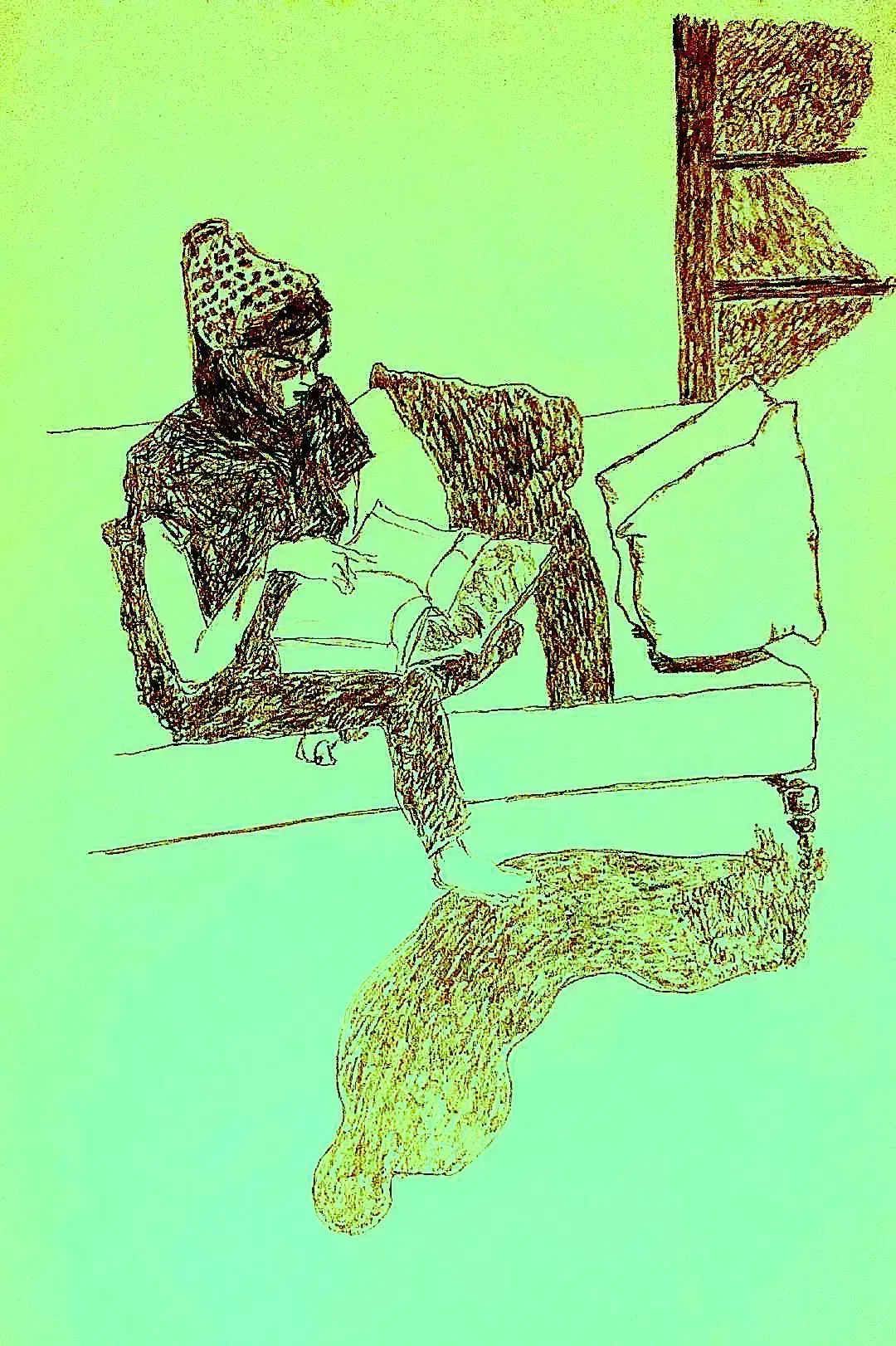NOTE ON PHILOSOPHICAL PERSPECTIVES BY WILFRED SELLARS (9): Scientific Realism or Irenic Instrumentalism?


The next essay is Scientific Realism or Irenic Instrumentalism. Sellars asks whether we should believe that the unobservable items that good theories speak of really exist, or whether we should treat theories as useful instruments for predicting observations while remaining silent about what there is. Irenic means peace making. The instrumentalist wants to avoid commitment to their unseen furniture. Sellars keeps commitment to unobservables where explanation and practice warrant it, and he keeps with common sense by fitting those commitments into the manifest image of persons and norms.
A car will not start on a cold morning. An instrumentalist says that the theory of lead acid batteries is a device for organising observations about voltage and cranking. The realist says that the theory is true in outline, and that there really are chemical species in the cells whose behaviour explains the drop in available current. The difference shows up in what we count as a good reason to act. The realist treats talk of sulphation and electrolyte density as reasons grounded in how the world is. The instrumentalist treats the same talk as a convenient shorthand for correlations. Sellars sides with the realist because the explanatory practice relies on more than surface prediction. It uses unobservable structure to knit actions together, to plan tests, and to export lessons to new settings.
A scan shows a shadow in a lung. Physicians explain it by appeal to tissue types, growth dynamics, and cellular markers. They order a biopsy because the theory says that a certain pattern of uptake and growth is best explained by a malignant process. If we decline to believe in such processes we cannot justify why the same pattern guides treatment across hospitals, devices, and patient populations. The explanation supports intervention because it is about how things are, not about the surface look of charts. This for Sellars turns a posit into a commitment.
The central worry for realism is underdetermination. Different theories can fit the same observations. Why not keep all of them as instruments and withhold belief. Sellars replies that fit to current data is only part of the score. Theories must integrate with neighbouring practices, support counterfactuals, produce independent tests, and enable interventions. A toy weather rule that says when the barometer drops, rain comes, fits many days. A fluid dynamics model that links pressure, temperature, humidity, and motion does more. It tells us what would happen if we seeded a cloud or changed land use. It ties together radar, balloons, and satellites. When one package does that and rivals do not, we have reason to treat its unobservables as real.
Neptune was predicted from anomalies in Uranus’s path before it was seen. The planet was not a mere instrument to save the appearances. Its gravitational effects had been affecting the other planet for a long time. The later observation confirmed a prior explanatory commitment. Electrons were posited to explain cathode rays and chemical bonding before microscopes could image anything like them. When cloud chambers and spectrometers told convergent stories, the case for electrons as real items strengthened. Sellars’s point is that the web of practice is what carries the weight. Prediction, measurement, and intervention hang together because the posited items are there to be interacted with, measured, and reasoned about.
Instrumentalists often stress the safety of neutrality. If we do not commit, we cannot be wrong when theories change. Sellars answers that neutrality throws away the best explanation of stability across change. Early talk of genes explained heredity patterns. Molecular biology later gave genes a structure and a location. The commitment to genes survived because the role was deep and fruitful. By contrast, phlogiston was abandoned because oxygen theory did more work across mass measurements, gas volumes, and combustion. The moral is not that change always saves terms. It is that the right pattern of change makes sense if the world really has the structures our best theories describe.
Engineers use the ideal gas law to size a pressure vessel. They also correct for non ideal behaviour at high pressures with better equations of state. Realism about molecules makes sense of why both the simple law and the corrections work. The molecules and their interactions are doing the explanatory work. At the same time, the realist does not reify every device in every model. The centre of mass of a body is a mathematical construct that earns its keep in calculation and prediction. It is not a tiny bead glued inside the object. Realism is selective and role based, not indiscriminate.
The irenic part of Sellars’s view is his treatment of the manifest image. Tables, colours, and persons do not vanish when we accept the scientific image. Their reality lies in the roles they play in our practices of acting and reasoning. A table is a stable node for placing and writing. Its hardness, weight, and colour are explained by microstructure, light, and eyes, yet the concept table does different work than talk of molecules and fields. The two images must be brought into harmony. The table is not a rival to particles. It is the way a region of the particle world is organised for creatures like us. The result is peace without elimination.
A frequent instrumentalist claim is that unobservables are only a manner of speaking. Sellars invites a look at instruments that cross check one another. An electron shows itself in a cloud chamber track, in a deflection on a screen, in a spike on a detector, and in a spectral line. These routes converge without being designed to mimic the same surface pattern. The best explanation for the convergence is that one and the same kind of thing interacts with each device in accordance with one and the same set of laws. If we refuse that explanation we end up with a string of lucky predictions and no reason for their reliability in new contexts.
He faces the worry that realism is dogmatic. His reply is to tie commitment to discipline. A posit earns belief when it sits in an integrated package that measures, predicts, and lets us act, and when it meshes with well confirmed neighbours. The commitment is revisable in the light of new evidence. This is not fence sitting. It is a rule for honest belief that has carried science forward. Microbes displaced miasmas. Plate tectonics displaced fixed continents. In both cases the new posits supported more, predicted more, and guided successful action.
Consider navigation. A smartphone uses satellites, clocks, and geometry. You do not see the satellites or the relativistic corrections. You rely on them because the integrated theory and practice deliver location, mapping, and timing with striking accuracy. The unobservables are not optional poetry. They are the parts of the world that make the practice work. Consider vaccines. The design uses models of viral proteins and immune responses. The success of vaccination across trials, batches, and populations is best explained by the reality of the structures the models describe. Treating the theory as a mere instrument misses why the same designs work in laboratories that never share patients or staff.
Sellars’s verdict is to keep both the manifest image and the scientific image by showing how their roles fit together. Scientific realism, disciplined by the roles that terms play in measurement, inference, and intervention, gives us the right to say that electrons, fields, genes, and plates are real, while keeping tables, colours, and persons in view as real in their roles. This explains reliability and progress, and it prepares the ground for his final discussions, where he turns from realism to issues about the structure of scientific theories and their growth.